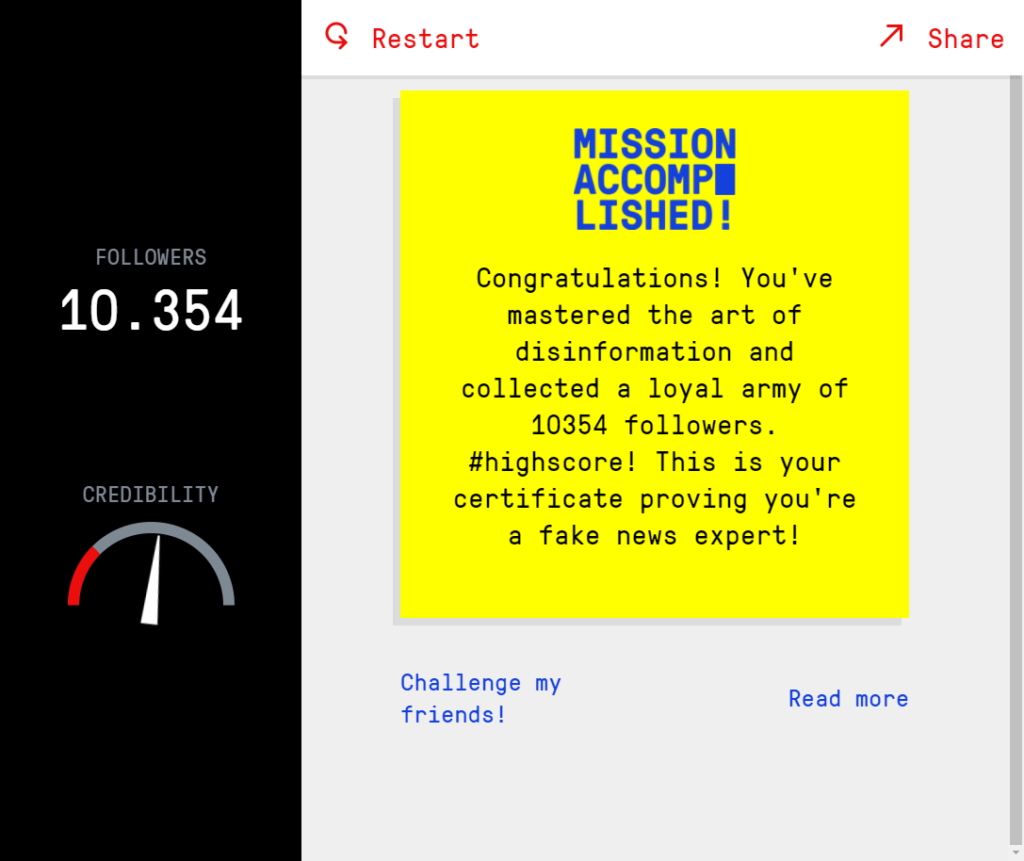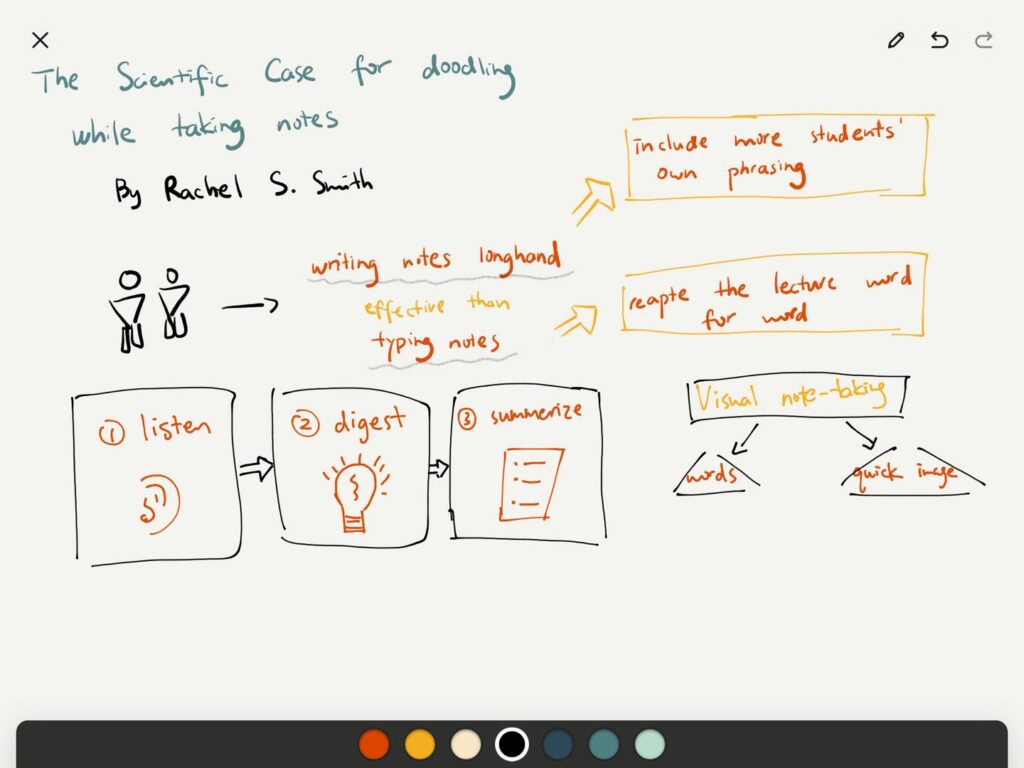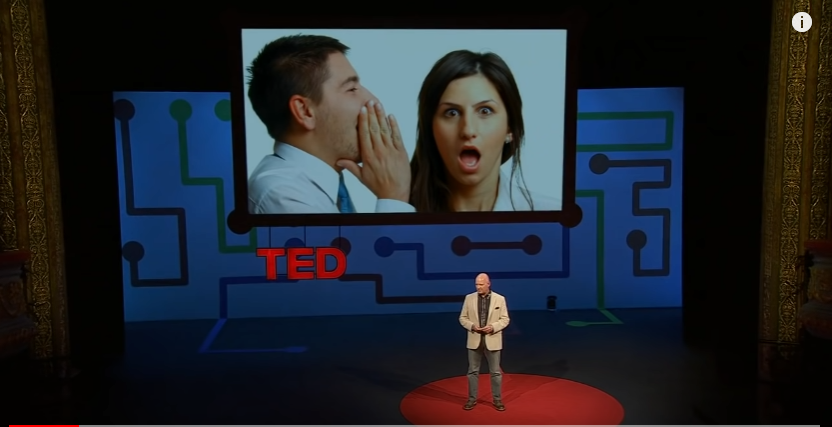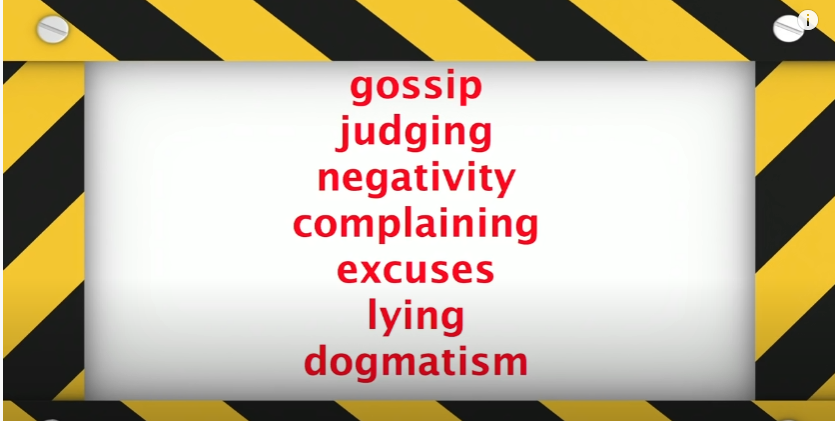Nowadays, people are getting more and more stressed and often cannot find a way to release it. Therefore, our topic is how to relieve stress.
Multimedia Lesson Plan: Simple ways to relieve stress
Goal: Learners will be able to know the harm of too much stress and find their way to relieve stress using the ways provided as examples.
Learning Objectives: Learning objectives should be SMART: Specific, Measurable, Attainable, Relevant, and Time-based.
- Relieve stress using the ways as examples.
- How stressful learners feel, scale 1 to 10.
- Add ways to relieve stress in daily routine.
- Record the effective ways to relieve stress.
- Share the effective way with friends.
Prior Knowledge
- Learners will need to buy supplements if needed.
Delivery
- Beginning / Introduction: Introduce the harm of stress:
- Infographic
- Narration and graphs
2. Introduce simple ways to relieve stress:
- Picture
- Narration
3. Pick a way and try:
- Picture
- Narration
4. Record effective ways and share:
- Narration
Evaluation
- Learners evaluation: Record and evaluation the most effective way, and share it with friends.
The multimedia learning principles we used are:
- Modality principle, which means people learn better from graphics and narrations. We explain our PowerPoint in a video.
- Spatial contiguity, which is when corresponding words and pictures are presented near it will be better for people to learn and understand. In our PowerPoint, we put relevant images and texts near each other to provide the learner with a better understanding.
- The feedback principle, which means people receive feedback on their performance will improve learning. For each question, the correct answer will be showing for the learner to see whether they did right or wrong. Also, if the learner feels they want to do the question again, they can retry the question.
- Multimedia principle, which people learn better from words and images than from words alone. In our presentation, we have images and texts for a better explanation.
- Embodiment Principle, which means people may not learn better when the speaker’s image is on the screen. We did not put the speaker’s image on the screen.
- Segmenting principle: People learn better when information is presented in learner-paced rather than as a continuous video. Our H5P video can be paused if the learners want.
As for learning theory, dual coding theory is the transfer of new information from sensory input to our long-term memory. What multimedia can do is to provide sensory memory with the ear and the eye. Therefore, the words selected by the ear will be in the verbal mode and the words selected by the eye will be in pictorial mode. Our H5P video follows the dual coding theory with narration and images. We did not add too much text on the PPT but replaced it with images because we did not want the learners to absorb too much information and get bored.
Please visit the following site to view the H5P interactive video:
Summer Liu & Xinyi Li’s Group Project: Simple Ways to Relieve Stress





Recent Comments